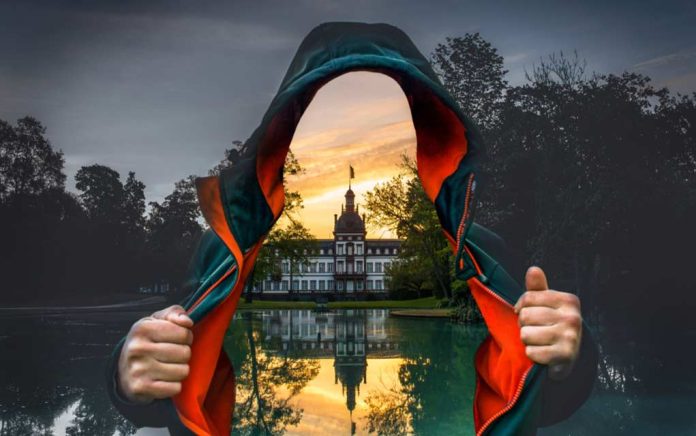
(RepublicanNews.org) – Another new term for those that don’t do shady things on the internet: deepfake. In the age of information, manipulation of any kind of data is going to be advantageous to those with dishonest intentions. That goes for images, too.
Deepfake is what happens when someone alters an image or video, usually replacing a person’s face. It’s important that you know how to spot them, so you can see what’s really going on, and learn what sources to trust.
Elements of a Deepfake
Light is a big help when it comes to spotting a deepfake. With light comes reflections, shadows, and shades, and it’s one of the most telling factors in these faked photos.
- Obvious absence of shadow: Are large objects missing shadows that other things have? If all of the objects look like the sun is shining to the left of them, with a shadow on the right, an object without one should raise a red flag for you.
- Wrong light, shade, or shadow position: Sometimes fakers try to add the shadow through editing. But they may get it wrong, even slightly. This is why it’s important to look closely — zoom in if you have to.
- Absence of shade or light: Sometimes, faces will look flat, or lack the shadow that comes from the shape of the face. Conversely, they might lack the reflection of light that would normally be seen in the type of image you’re looking at. These deepfakes almost look cartoonish, because those natural shades and reflections are what lend the 3D perception.
The devil really is in the details — the very things that quickly give deepfakes away. Look for birthmarks, scars, tattoos, moles, or any other elements specific to that person. Compare these to other images of them. Looking at the hairline or where the hair is can be helpful. Check for ridges that are an indication of an original image. Blurry hairlines most likely indicate a deepfake. Do all of the elements of the image belong there? For instance, if you put an image of a short-haired woman over that of a long-haired woman, you will still see the long hair.
If you aren’t sure or you just want to verify your deepfake catching skills, run the image through one of the programs aimed at identifying these edits. FotoForensics.com is an easy-to-use site that checks for a variety of elements in images, while DeepwareScanner detects changes in videos.
You can also “share” what you find, so others can see the image is fake. Whatever you do or however you do it, it’s more important now than ever to verify the authenticity of anything you find online.
Copyright 2023, RepublicanNews.org







